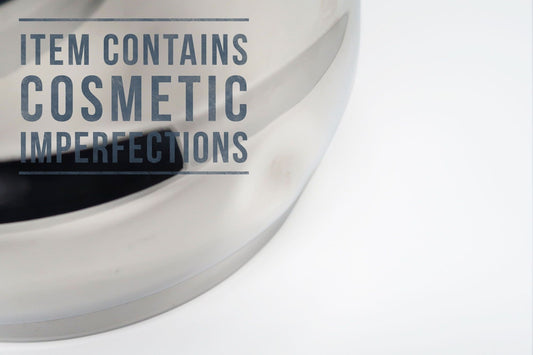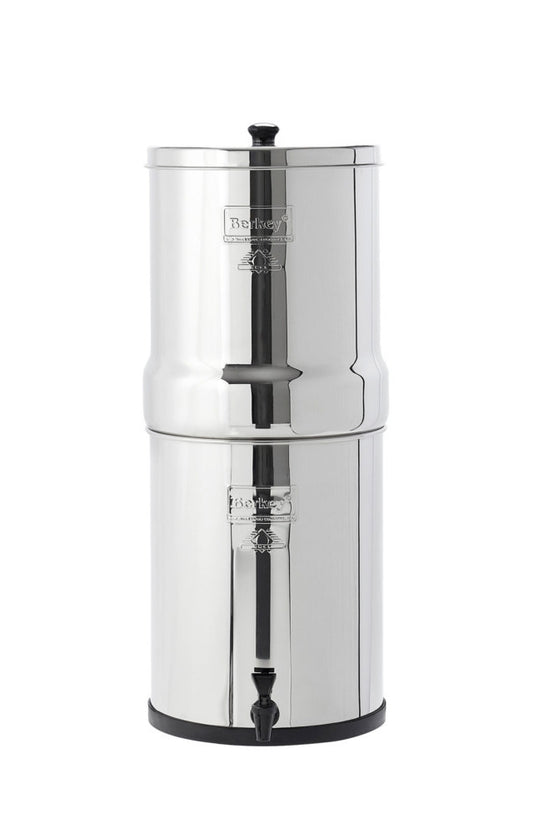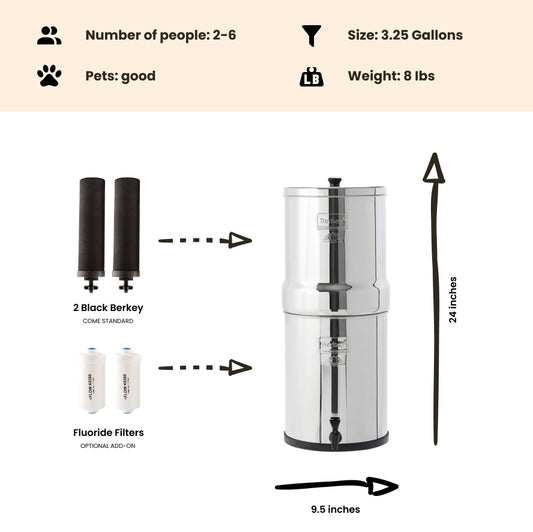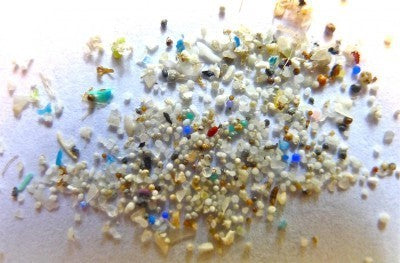
Ban Plastic Microbeads in Order to Protect Aquatic Wildlife
By Dan DeBaunShare
Plastic microbeads are increasingly becoming a problem for species inhabiting both freshwater and marine ecosystems, and reducing water quality of valuable freshwater resources that humans depend on for drinking water and recreation.
Now a team of conservationists suggest that banning the use of plastic microbeads in beauty products that will end up in wastewater streams, to be discharged into rivers and lakes, to ultimately end up in the ocean, is the only solution to the problem.
Plastic microbeads are used in a wide range of beauty products such as soaps, facial scrubs and shower gels that by design are washed down the plughole and into the wastewater system. These tiny plastic beads pass through wastewater treatment works to pollute freshwater and marine environments. Collectively, the amount of microbeads being incorporated into products is huge, and so too is the impact they are having on aquatic ecosystems.
In a report that was recently published in the scientific journal Environmental Science and Technology, researchers from seven different institutions slam the use of plastic microbeads, which are used to give beauty products a granular texture that purportedly aids in tooth whitening (toothpaste) or removing dead skin (soaps, scrubs and shower gels) and recommend that manufacturers switch to non-toxic, biodegradable alternatives, which are readily available.
"We're facing a plastic crisis and don't even know it," said co-author, Stephanie Green, a Conservation Research Fellow in the College of Science at Oregon State University. "Part of this problem can now start with brushing your teeth in the morning," Green explains. "Contaminants like these microbeads are not something our wastewater treatment plants were built to handle, and the overall amount of contamination is huge. The microbeads are very durable."
In their analysis, the scientists conservatively estimate that around 8 trillion microbeads (which could cover over 300 tennis courts) are emitted into rivers, lakes and estuaries every day in the US alone. These eventually spill out into the sea to contaminate marine ecosystems. But this is only 1% of the microbeads that flow down our drains; the other 99% -- which total an estimated 800 trillion -- is removed with the sludge from wastewater treatment plants,. This typically gets spread over surface soils, where the microbeads can potentially wash into streams, rivers and the ocean through surface runoff.
"Microbeads are just one of many types of microplastic found in aquatic habitats and in the gut content of wildlife," said lead-author, Chelsea Rochman, a Postdoctoral Fellow at the University of California/Davis. "We've demonstrated in previous studies that microplastic of the same type, size and shape as many microbeads can transfer contaminants to animals and cause toxic effects," Rochman said. "We argue that the scientific evidence regarding microplastic supports legislation calling for a removal of plastic microbeads from personal care products."
While plastic microbeads are a smaller contributor to the larger problem of plastic debris in freshwater bodies and oceans, they are arguably the easiest to control. As consumers and manufacturers become more aware of the problem of plastic microbeads, some manufacturers have committed to refraining from using plastic microbeads in personal care products that are designed to be 'rinse off', while some states have taken steps to regulate or even ban the sale of personal care products that contain plastic microbeads.
The report points out that some of these bans include loopholes due to their choice of wording. For example, plastic microbeads are also used extensively in beauty products that are not designed to be 'rinse off', such as cleansers and deodorants, but could still potentially end up in our waterways, while some regulations allow the use of 'biodegradable' products, which allows the use of some plastic microbeads that do biodegrade, albeit only slightly. According to the report, when drafting new legislation, unambiguous wording must be used to "ensure that a material that is persistent, bioaccumulative, or toxic is not added to products designed to go down the drain." The authors conclude that: "The probability of risk from microbead pollution is high, while the solution to this problem is simple."
Thankfully there is a handy app that can help consumers choose products wisely. Use this microbead app to check if products contain plastic microbeads.
Journal Reference Chelsea M. Rochman, Sara M. Kross, Jonathan B. Armstrong, Michael T. Bogan, Emily S. Darling, Stephanie J. Green, Ashley R. Smyth, Diogo Veríssimo. Scientific Evidence Supports a Ban on Microbeads. Environmental Science & Technology, 2015; 49 (18): 10759 DOI: 10.1021/acs.est.5b03909 Image Suggestion https://www.eurekalert.org/multimedia/pub/99413.php
-
Regular price From $302.00 USDRegular priceUnit price / per
-
Regular price $234.00 USDRegular priceUnit price / per
-
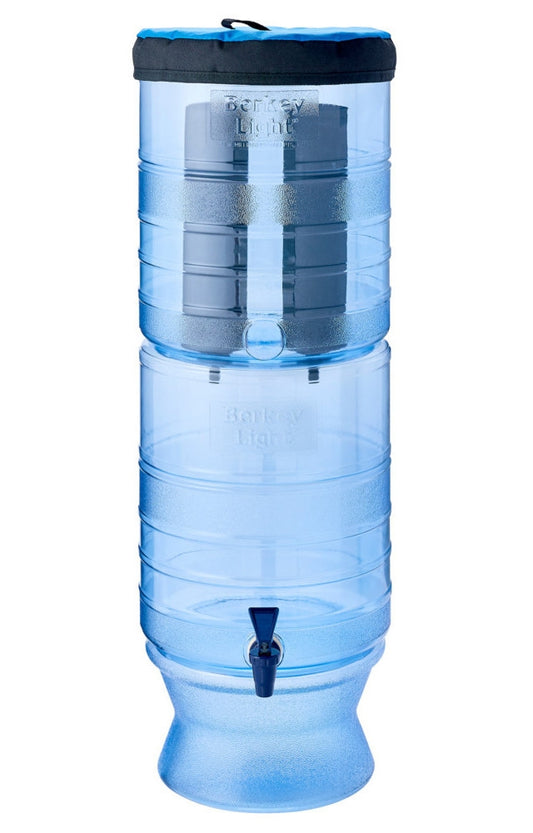
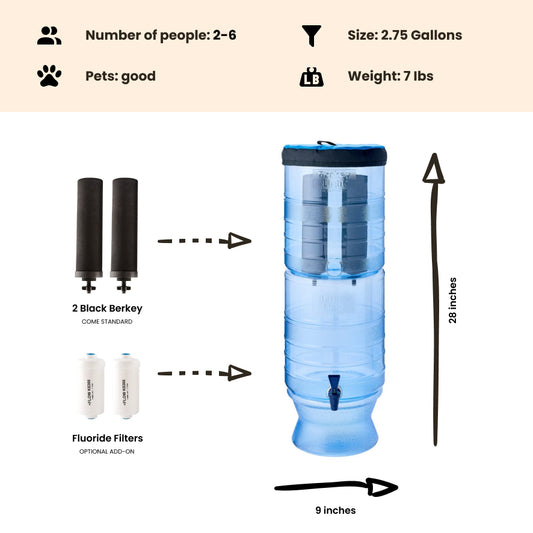 Sold outRegular price From $305.00 USDRegular priceUnit price / per
Sold outRegular price From $305.00 USDRegular priceUnit price / per -
Regular price $327.00 USDRegular priceUnit price / per
-
Regular price From $367.00 USDRegular priceUnit price / per
-
Regular price From $408.00 USDRegular priceUnit price / per
-
Regular price From $451.00 USDRegular priceUnit price / per

Dan DeBaun
Dan DeBaun is the owner and operator of Big Berkey Water Filters. Prior to Berkey, Dan was an asset manager for a major telecommunications company. He graduated from Rutgers with an undergraduate degree in industrial engineering, followed by an MBA in finance from Rutgers as well. Dan enjoys biohacking, exercising, meditation, beach life, and spending time with family and friends.
~ The Owner of Big Berkey Water Filters



